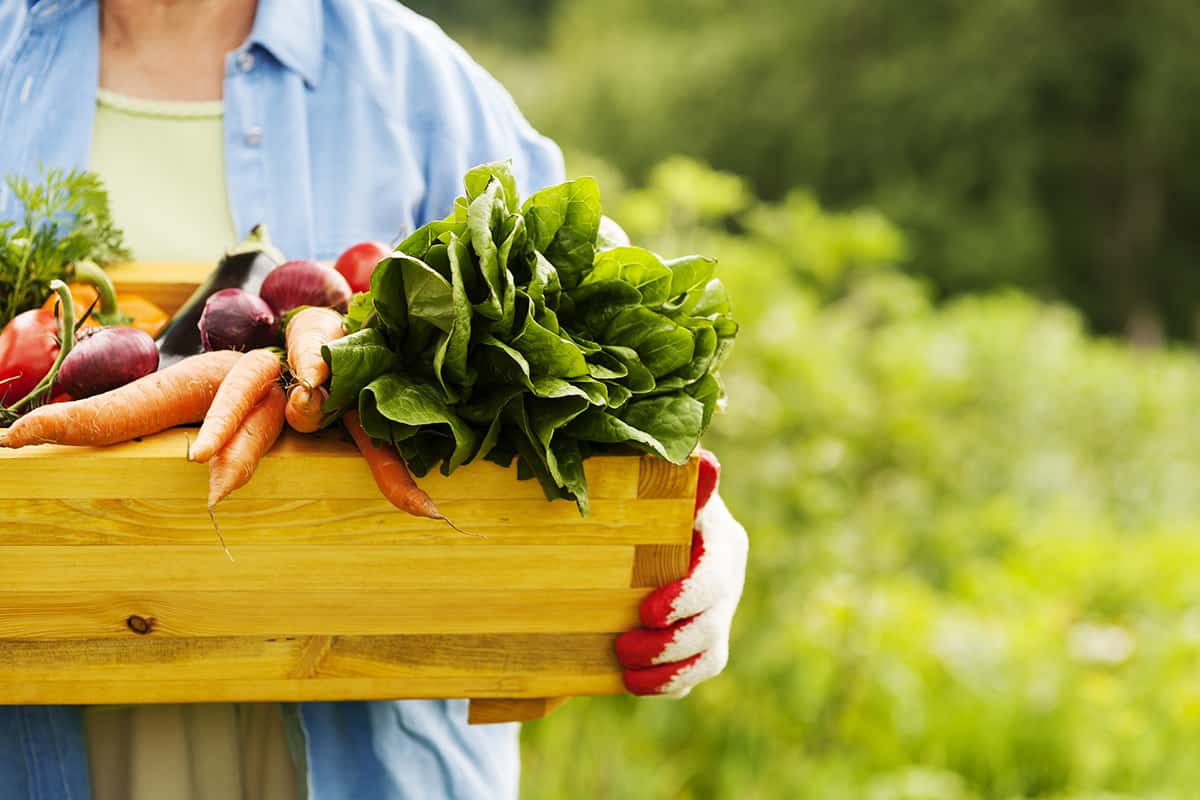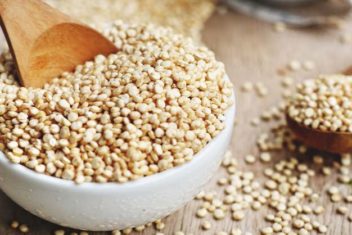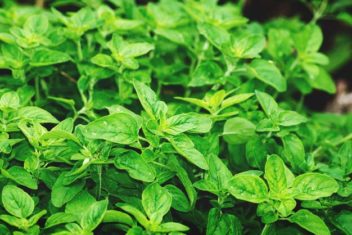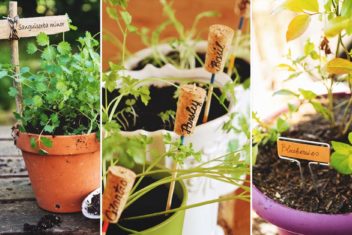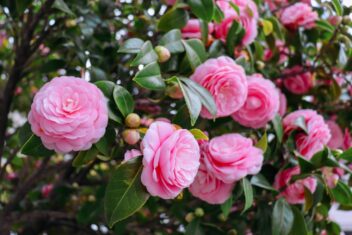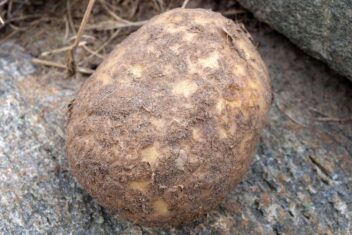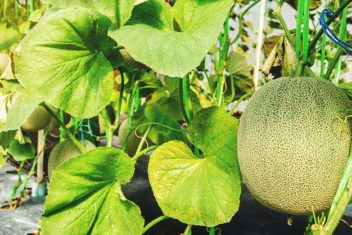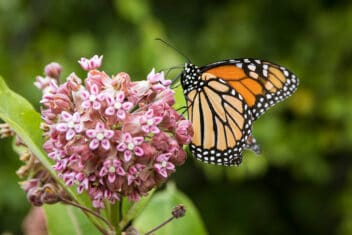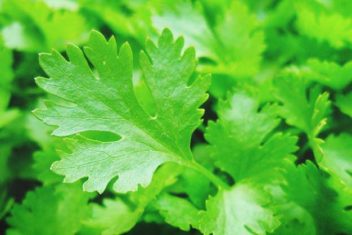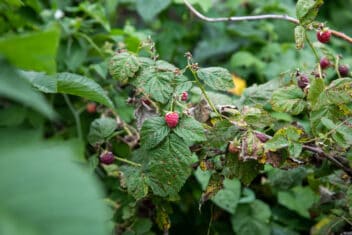Have you heard of “overwintering” crops? This is a process in which you sow seeds in autumn to harvest the following spring. Many seeds don’t only survive cold temperatures but actually need a period of cold followed by warmth to trigger their germination process.
There are numerous benefits to sowing in the fall, not the least of which is the fact that you’ll have less work to do a few months down the road. Let’s take a look at 14 crops you can plant this fall for a springtime harvest of fabulousness!
1. Asparagus
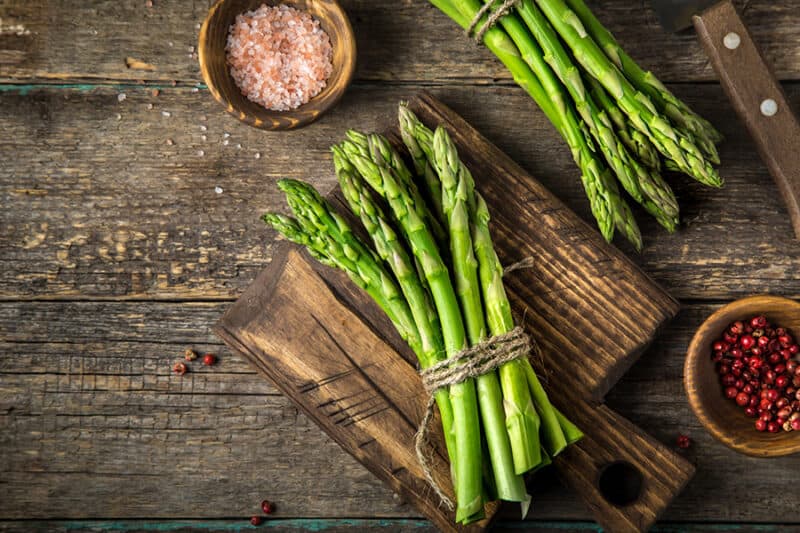
If you’re a patient sort, consider planting some asparagus this fall. Like all perennials, these plants will still require at least three years to establish themselves. This follows the “sleep, creep, leap” pattern all perennials need as they develop their root structure and explode into action.
That said, these are some of the first vegetables to make themselves known in springtime. You may only get a few spears in your spring harvest the first year, but it’s an absolute joy to see those little green spikes when all other vegetables are still sleeping.
2. Kale
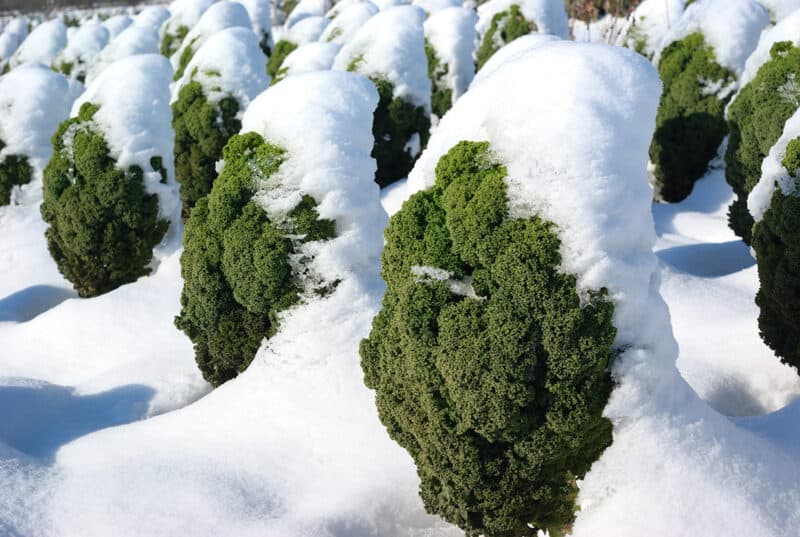
This is one of the hardiest vegetables out there and it loves to overwinter. In fact, you can plant kale three times over the course of one growing season. It needs cool weather in order to thrive, so you can plant the seeds as soon as the soil softens a bit in the spring. Harvest this first batch before the summer heat kicks in.
Plant the next batch at the end of summer for a fall harvest, and the third batch shortly before winter settles in. You can even plant it after the first frost of the season! Just poke the seeds about 1/2 inch deep into nutrient-rich soil. Then add a thick layer of mulch on top, and it’ll explode into action the following spring.
3. Brussels Sprouts

Brussels sprouts love the cold. In fact, a cold snap makes them taste better. If you toss seeds in the soil during the autumn season, they will pop up and grow over the winter.
In warmer regions, such as USDA Growing Zones 8 and up, you can plant them in the fall and harvest in the early spring. In Zones 6-7, you can plant them in a cold frame to grow over winter for a spring harvest.
4. Collards
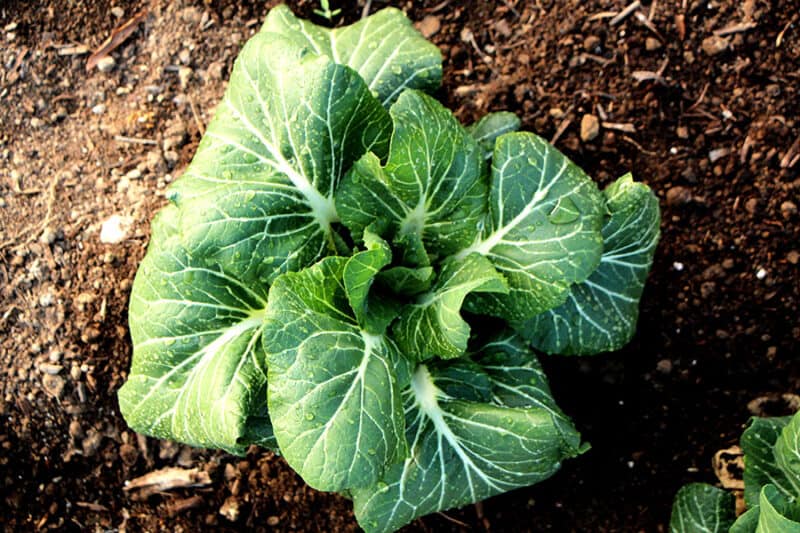
Treat collards the same way as you would kale, and plant them in nitrogen-heavy, compost-rich soil. Give them a good mulchy blanket and let the cool winter months help to break down the seed casings.
By next spring, you’ll have big, meaty leaves to transform into braised green dishes and luscious wraps.
5. Swiss Chard
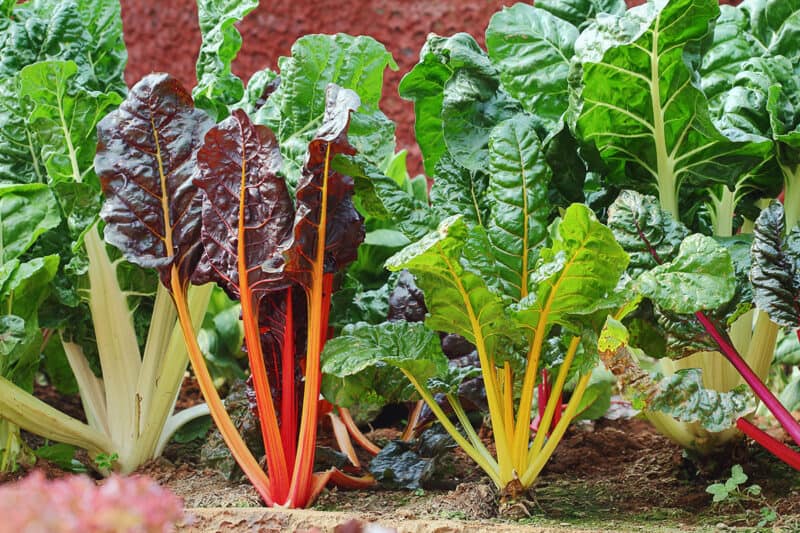
Chard behaves much the same as collards, though I’ve had better lucky planting the seeds just after the last frost date rather than beforehand. Otherwise, a sudden warm spell can make them germinate into a piddly, late autumn crop.
6. Spring Onions
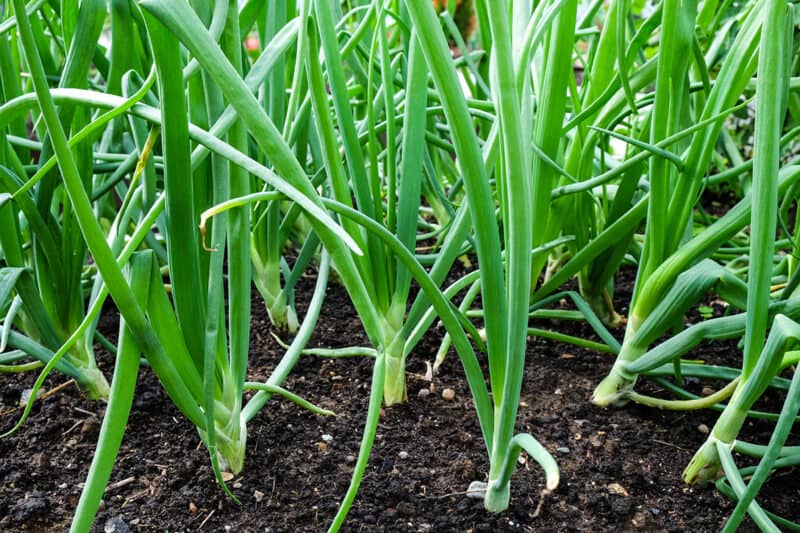
These are well named since they spring up in, uhh… springtime. You pick them when they’re young and tender before they mature into full bulbs. They sleep soundly throughout the winter and they’ll poke their heads up out of the soil once the weather warms.
Aim to plant the seeds 1/2 inches deep mere days before the first frost date. Cover the seeds with compost and mulch, and you’ll be in for oniony delights next spring.
7. Garlic

There are different times to plant garlic, depending on your location and the type you’re growing. Generally, if you live in a colder climate, it’s better to plant in autumn. You’ll need compost-rich, well-draining beds for garlic to thrive, so it’s best to use raised beds or containers.
Aim to plant your garlic about six weeks before your area’s first expected frost date. Check out our full article on how and when to plant garlic for additional tips. That way, you’ll be sure to get the best spring harvest possible.
8. Carrots
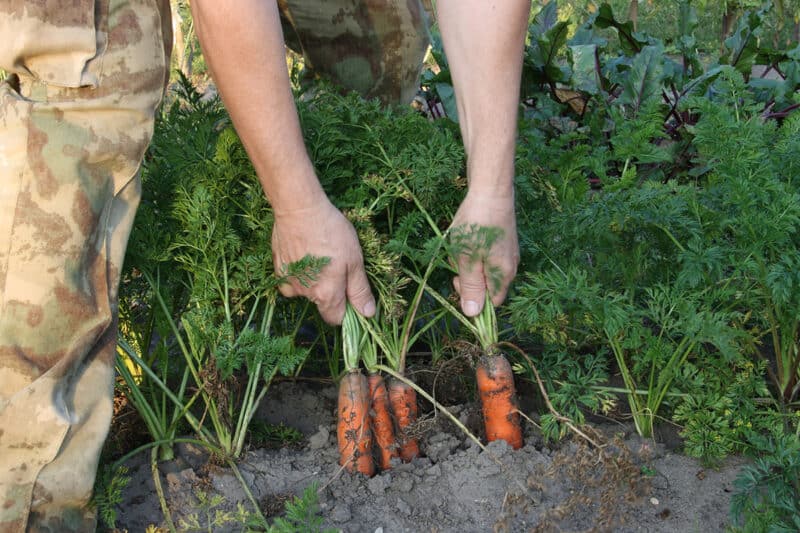
Root vegetables need rich, “fluffy” soil in order to grow well. Work plenty of well-aged compost and sandy loam into your soil or raised beds about a week before your last frost date.
Then plant your carrot seeds approximately 1/3 inches deep, cover with soil, and then cover that with a few inches of straw. This mulch will protect your seeds from the cold and will hasten their germination the following spring.
9. Beets
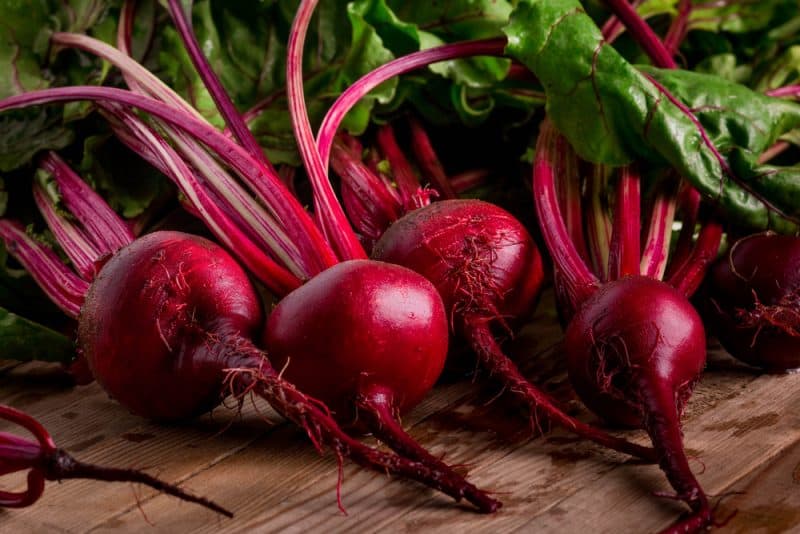
Prepare your beetroot beds the same way you would for carrots, regardless of whether they’re small or large varieties. Plant those spiky little seeds 1/2 inch deep and tuck them in for their wintery nap. If you don’t want a batch of autumn beets coming up, however, just poke holes into the soil ahead of time. Then plant the seeds shortly after the first frost so they don’t germinate.
Fall-planted beets also benefit from a straw mulch blanket, though you can also use leaves and wood chips.
10. Turnips

Treat turnips as you would carrots and beets. These root veggies aren’t as popular as their sweeter cousins, but they’re remarkably versatile. Furthermore, turnip greens are immensely nutritious and can provide vital nourishment in springtime before other foods are available.
Mulch your turnips well with high-quality straw and you’ll be fed well come early spring.
11. Rutabagas

Rutabagas are crosses between turnips and cabbages. As such, you can only imagine how well they thrive when planted in the fall. They need well-draining soil, but they’re also heavy feeders. As a result, you’ll need to work extra compost into the soil before you plant in it.
Since these roots are large, sowing early gives them extra time to develop. Furthermore, you may discover that fall-planted rutabagas are sweeter than those planted in springtime.
12. Winter Radishes
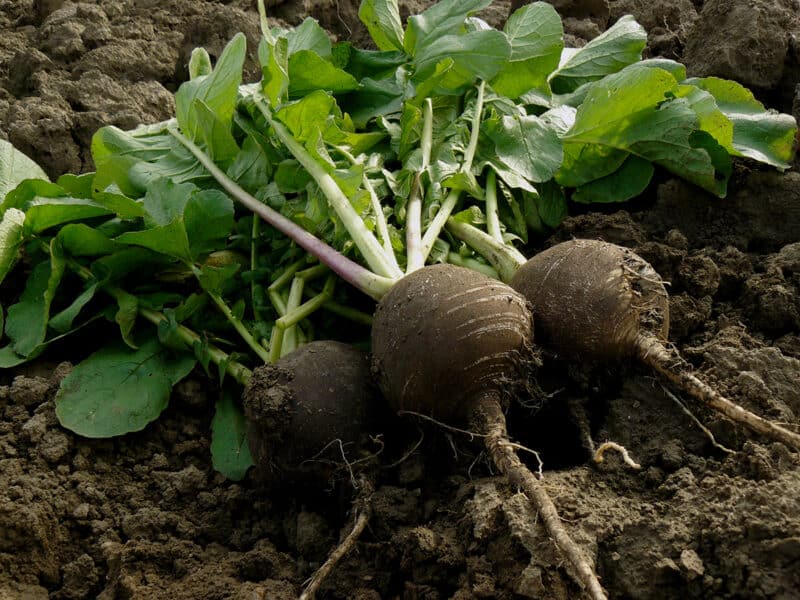
While most people plant small radishes for a quick crop, winter radishes are another breed entirely. Look for German, Russian, Japanese, and Scandinavian varieties that specifically have “winter” in the name. One good example is the Schwartzer Runder winter radish (which means “black and round”). These black-skinned radishes are big and meaty, with a lovely fiery bite.
They can thrive in just about any soil, but fertile soil that has plenty of sand is best. Sow seeds about 1/2 inch deep and cover lightly. Put straw down as mulch and let the seeds brew happily over the cold months.
13. Peas
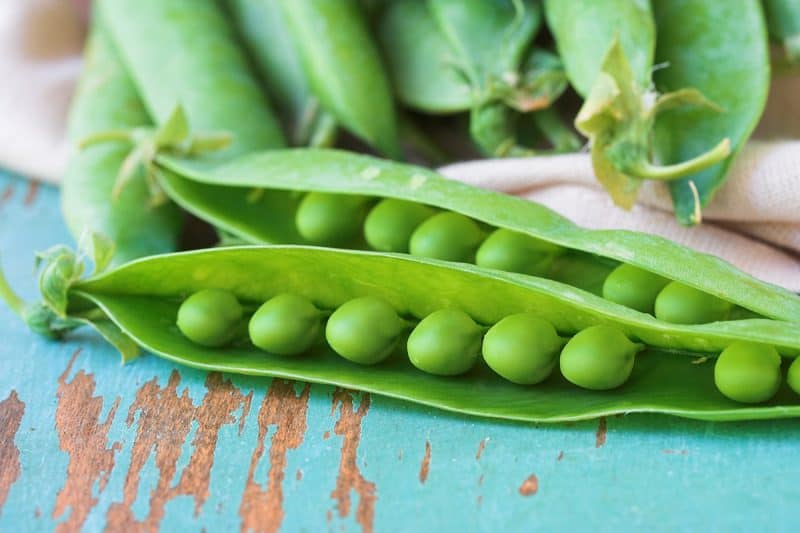
Most people sow peas as soon as the soil thaws, but some folks can get away with fall sowing instead. It’s more of an option for those who have milder winters, but Zones 6 and below can do so too if they plan properly.
Well-draining soil is vital, as pea seeds will rot in the ground if their surroundings are too damp. Work potassium- and phosphorus-rich compost into the soil along with sand and perlite. Then sow the seeds 1 inch deep, and cover with straw mulch. You should see little pea shoot tendrils as soon as the soil softens enough to be broken through.
14. Perpetual Spinach
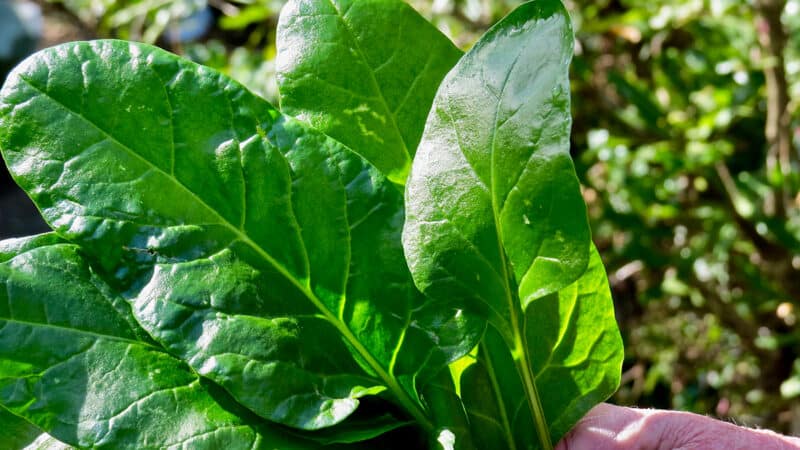
Standard annual spinach varieties like ‘Bloomsdale’ and ‘Monstreux de Viroflay’ can be harvested when young or mature. These are best planted in spring or autumn to be harvested within a couple of months. Perpetual spinach, however, is another beast entirely.
It’s a perennial “cut-and-come-again” variety that keeps on coming back for ages. Sow it in a nitrogen-rich, compost-filled, well-draining bed that has plenty of sand in it. Aim for a week or so before your area’s frost date for best results, and poke seeds 1 inch down.
Cover well and add mulch, and prepare to be amazed when the ground thaws again next spring.
